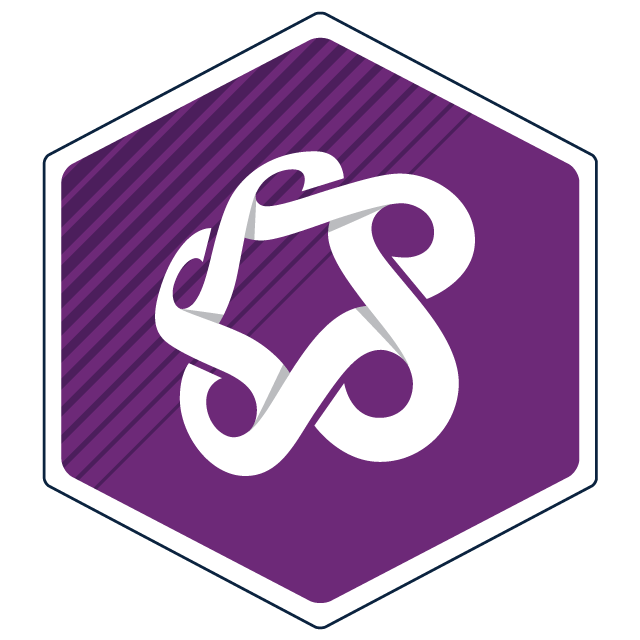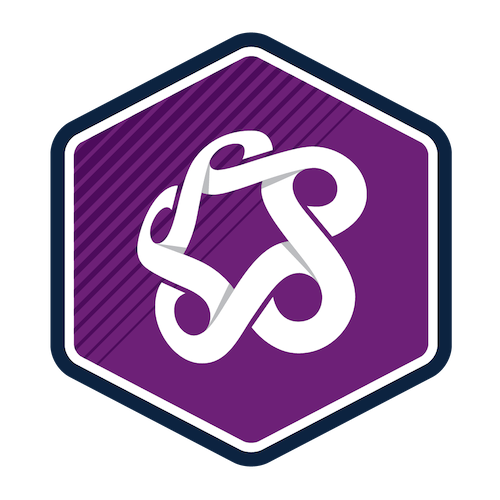Overview
Hydrogen is rapidly emerging as a game-changer in the global pursuit of clean and sustainable energy solutions. This course teaches you how to safely and effectively integrate hydrogen into industrial processes.
Designed for mid-career professionals working in process-related occupations across industries, we'll provide you with foundational technical knowledge on the production and uses of hydrogen as well as the economic and safety challenges posed by hydrogen.
Enjoy an engaging, self-directed online learning experience with access to comprehensive modules, assessments and expert guidance. Our industry-experienced instructors will guide you throughout and be available by email to answer your questions.
Whether you’re new to hydrogen or already focusing on hydrogen-fueled power for industrial processing, you’ll leave this course equipped with a solid starting point to engage in informed hydrogen conversations in your professional sphere.
This course is ideal for chemical engineers or technicians, engineers, manufacturing or production managers, project managers, safety or environmental specialists, or any professionals interested in exploring hydrogen as an innovative solution for a low-carbon economy.
Register now and stay informed about Canada's dynamic energy landscape.
Upon successful completion of this course, you’ll be able to:
- identify foundational principles, applications and challenges associated with hydrogen as an industrial feedstock and energy carrier
- identify the ways we can integrate hydrogen into existing processes or develop new processes that utilize hydrogen safely and effectively
- describe the safe handling, storage, transportation and utilization of hydrogen to ensure the well-being of personnel and the integrity of facilities.
You’ll demonstrate your knowledge through online discussion boards and assignments. This online course is structured and guided. All coursework must be completed as outlined in the course schedule.
Upcoming dates
Select an available section and add it to your cart. When you're ready, proceed to check out to sign into your student account and complete your registration.
Don't have a student account? Let's set one up!
Registration closes seven days before the start date for on-campus, online scheduled, and blended courses, and one day before the start date for online self-paced courses.
After you've completed this course
Upon successful completion of this course, you'll be able to self-print a proof of completion document from your Continuing Education student account.
Micro-credential
Aligned to current industry standards, SAIT’s micro-credentials develop practical, real-world skills and include competency-based testing. Earning a SAIT micro-credential demonstrates to employers you have the required competencies — both skills and knowledge — to get the job done.

Students who successfully complete this course with a final grade of B (75%) or higher will earn a micro-credential and receive a shareable digital badge.
Costs
Textbook and reading list
All required course materials are included in your tuition fees.
Technology
To be successful in this course, you’ll need:
- Access to your own computer or laptop with standard hardware/software requirements.
- Internet access
A functional webcam and microphone are recommended to allow for a more collaborative learning experience.
Financial support
Financial opportunities are available to help pay for your course fees. Learn more about how to reduce your education or training costs with available awards, bursaries, loans and grants, including the Canada Alberta Productivity Grant.

Train your team
Interested in group training opportunities for this course? Tell us about your organization's needs, and one of our training consultants will contact you within one business day.

Oki, Âba wathtech, Danit'ada, Tawnshi, Hello.
SAIT is located on the traditional territories of the Niitsitapi (Blackfoot) and the people of Treaty 7 which includes the Siksika, the Piikani, the Kainai, the Tsuut’ina and the Îyârhe Nakoda of Bearspaw, Chiniki and Goodstoney.
We are situated in an area the Blackfoot tribes traditionally called Moh’kinsstis, where the Bow River meets the Elbow River. We now call it the city of Calgary, which is also home to the Métis Nation of Alberta.
